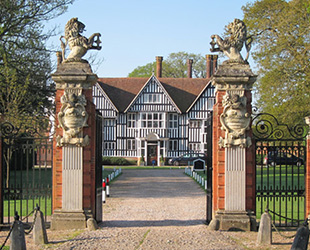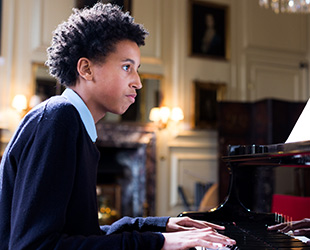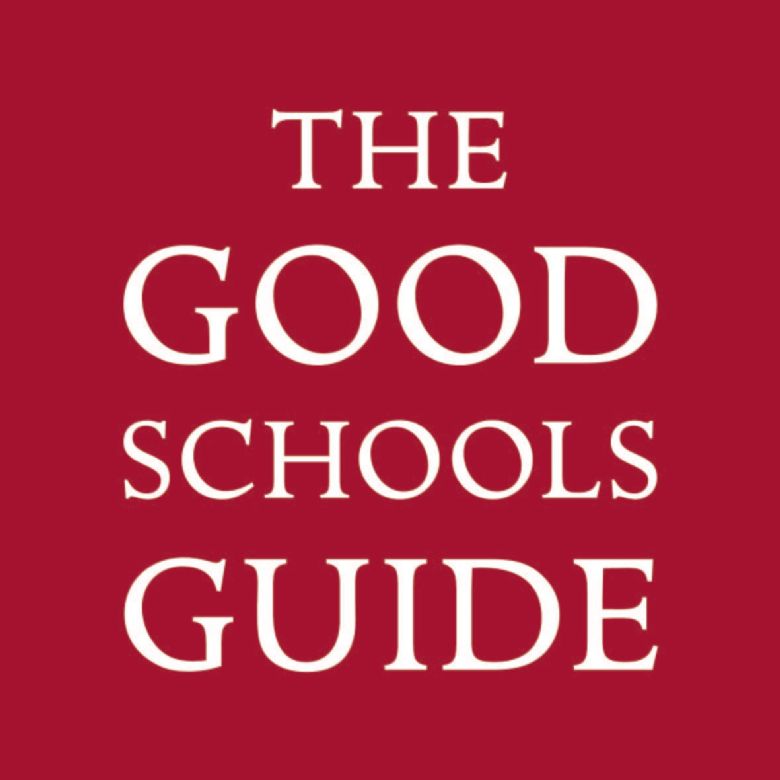Biodiversity at Frewen- a blog from our Head Gardener
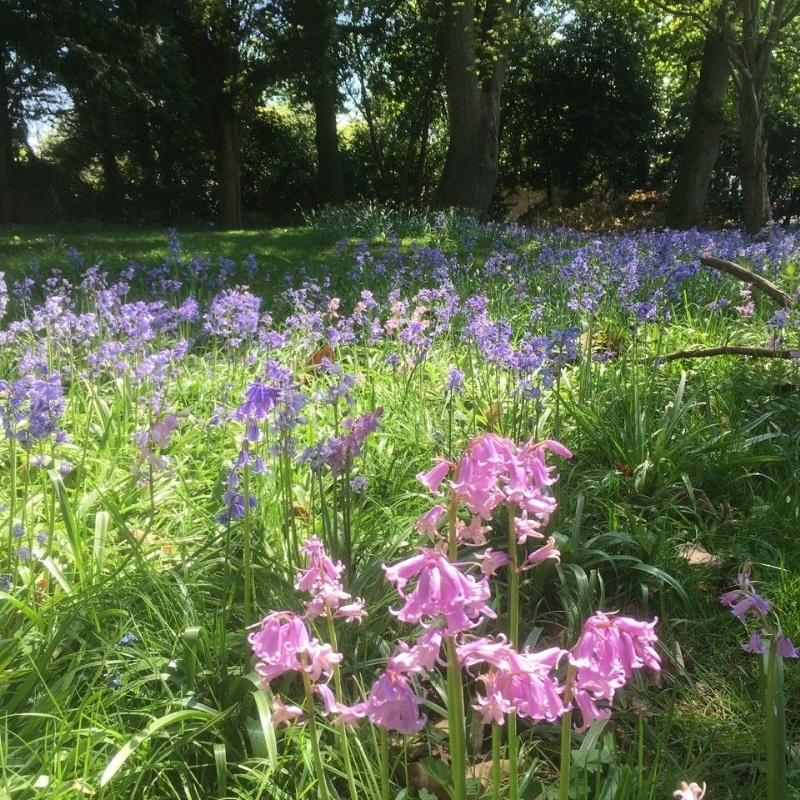
When I took on the role of Head Gardener at Frewen, a key aspect to the restoration of this garden was to bring as much wildlife into this space as possible, and throughout lock down a skeletal garden team is still operating to achieve this and keep the gardens cared for.
Plants are selected not just for their aesthetics, but also to provide a backbone to the biodiversity present on site. Long neglected borders are slowly being transformed into ecological oases, lush in both colour, texture, form and thriving animation. Perennials such as Helenium autumnale, Agastache foeniculum, Verbena bonariensis are all prodigious pollinators.
Since entering into this process, we now host at least a quarter of U.K. butterfly species, including the Small Copper, which inhabits the paths on the backlawn borders. In our embryonic meadows, supported by Great Dixter, we have witnessed Orange Tips, Common Blues, with occasional visits from the Small Blue, a species normally associated with chalk downland, but a real rarity amongst The High Weald. These species are propped up by plants emerging in our meadow area such as Lotus corniculatus, carpets of Ajuga reptans, Silene dioica, and Lathyrus pratensis. Having allowed this space to develop, last year saw the first arrival of Dactylorhiza fuchsii, a gorgeous orchid that acts as an indicator of healthy meadow development.
As we move into the month of May, the garden is growing with phenomenal pace and vivacity too, with plants rocketing away from the now distant privations of Winter. Colour is starting to emerge across the grounds at Frewen, with the restoration of this garden just starting to bear real results. Hot, vivid Calendula officinalis is now in bloom, alongside pockets of Salvia greggii, providing a nourishing backbone to a cornucopia of invertebrates.
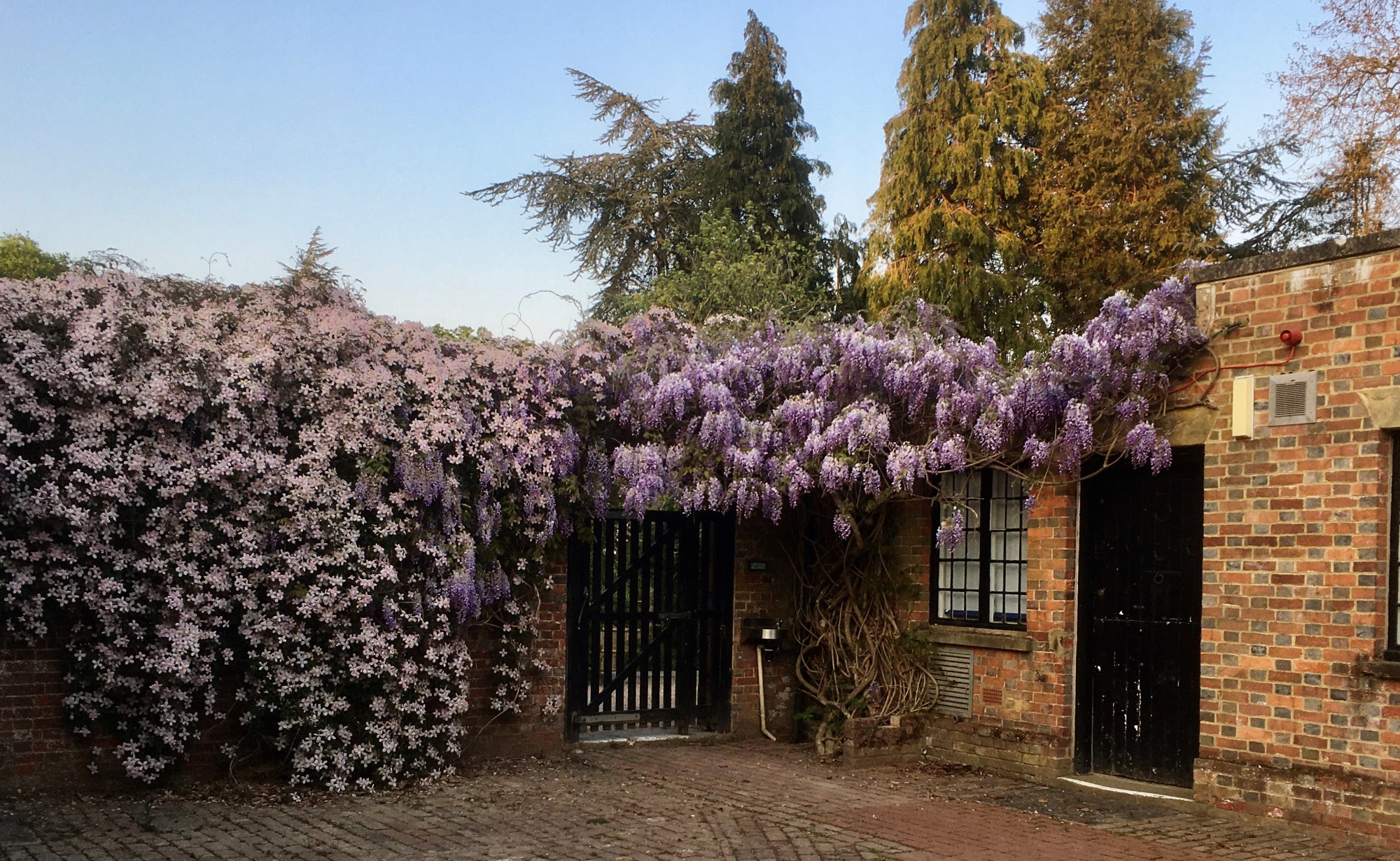
Birdlife also thrives in the grounds, and this year, we saw the arrival of a nesting pair of Ravens. Huge, jet black birds, with a harsh, rattling call, they mark a significant addition to our resident corvid population. Except the chough, we now provide nesting sites for every member of the native crow family. Grey wagtails, not to be confused with pied wagtails, are nesting once again in the walled garden. They stand out with their slate grey backs, with an intensely yellow breast. Greenfinches, once a common sight, have seen their numbers reduced dramatically by trichomonosis, so seeing a breeding pair return to our Chess Garden is a real boost. Red Kites have been spotted for the first time at Frewen as their population spreads.
The latest addition to biodiversity at Frewen comes in the form of woodland, newly planted within our parkland, and provided by the Woodland Trust. Crataegus monogyna, Prunus avium, Sorbus aucuparia, Betula pendula and Malus sylvestris, amongst others, will create a truly exciting, vibrant and engaging space that I hope many generations of students will enjoy. These trees were sourced by our Science Teacher, Nina Cardinale, who’s keen understanding of ecology and biodiversity are enthusing our students with a passion for the environment.
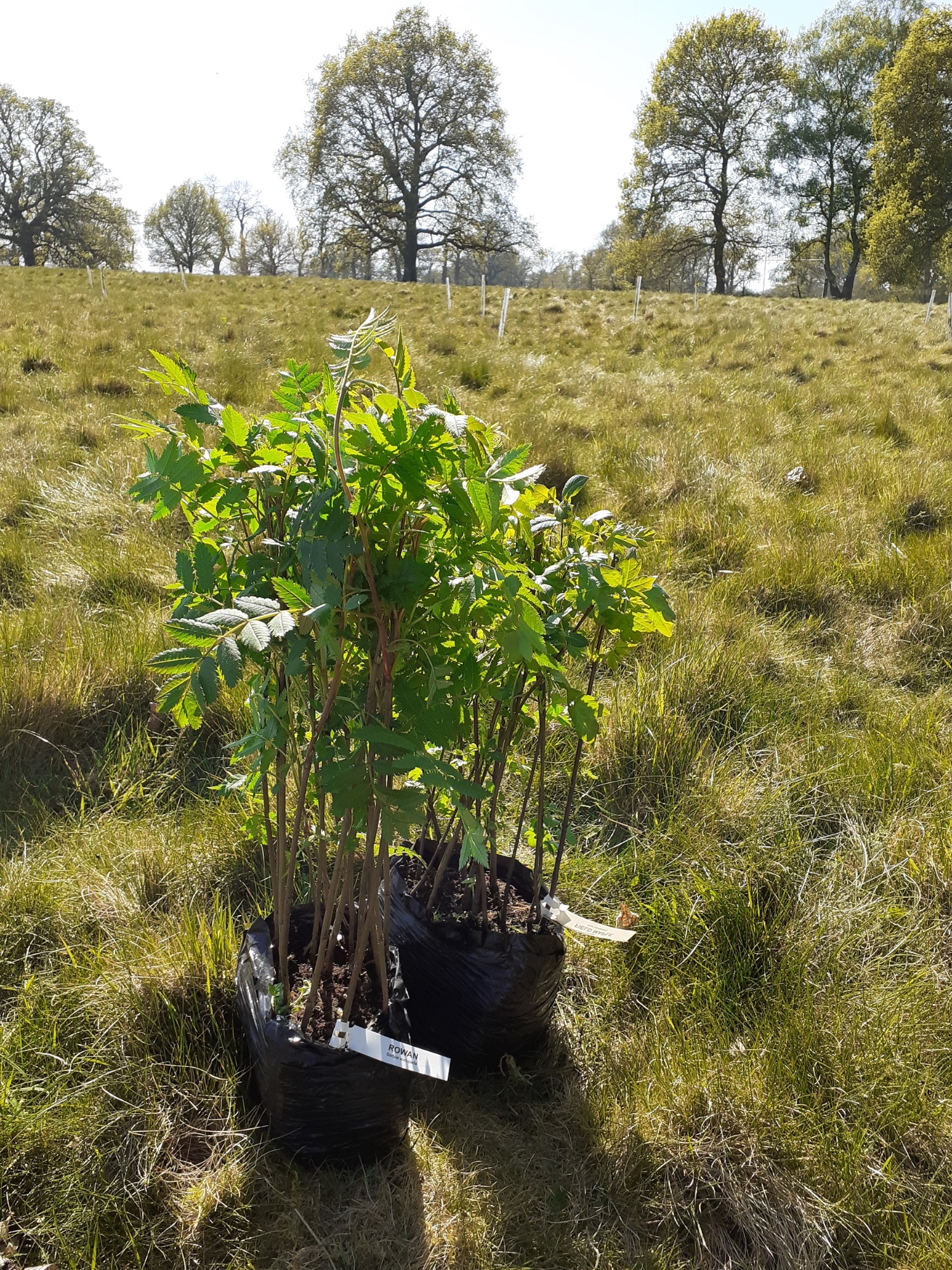
I sincerely hope that you’re all surviving Lockdown. If there’s one thing that I emplore you all to do, then I hope you all engage with both your gardens and your wider landscape and ecosystems. There’s real comfort and joy to be obtained from engaging in the natural world.
Josh Taylor, Head Gardener at Frewen College






